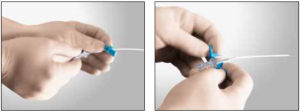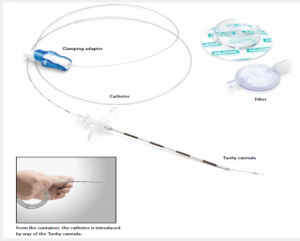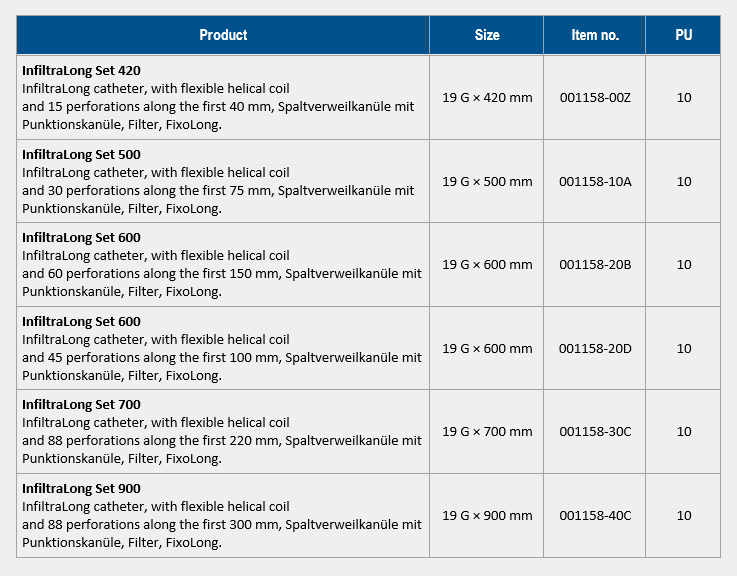Post-operative pain is foreseeable, it is very severe and lasts at most for two to four days. The avoidance of such pain has become one of the great challenges for our health care system. Currently, the industry and clinical practice are working together on various therapeutical measures to improve postoperative pain treatment. It is the objective for the benefit of the patient, to select a method of effective post-operative pain treatment corresponding with the constitution of the patient and with the seriousness of the intervention. Because severe pain not only weakens the body already affect by the operation, it also impairs the healing process and will lead to a prolonged stay in the hospital if complications should arise. Wound infiltration is in fact an extremely effective method for post-operative pain treatment, which is very simple to apply. A local anaesthetic is continuously administered by way of a catheter with multiple perforations, which is positioned in the wound, thereby blocking the distal nerve ends. Aside of the
- Infiltration set, alternatively with a split cannula


In the development of the InfiltraLong, PAJUNK® has combined decades of experience in the manufacture of catheters with the knowledge concerning the special requirements for pain treatment of large wounds. The main issue is the precise and uniform administration of the anaesthetic. Because this is the only way the patient can be guaranteed freedom from pain along the complete length of the surgical wound. And correspondingly,
the InfiltraLong catheter is substantially different from other conventional wound infiltration catheters with regard to the following features.

The metal helical coil has been manufactured from stainless steel, and it is therefore radiopaque and visible under ultrasound as well.
This is a safety benefi t for the user, because it may be seen at a glance, whether the complete length of the perforated segment has actually been
correctly placed within the lesion.
A check of the positioning is possible at any time, also if the lesion has already been closed.

Catalogue